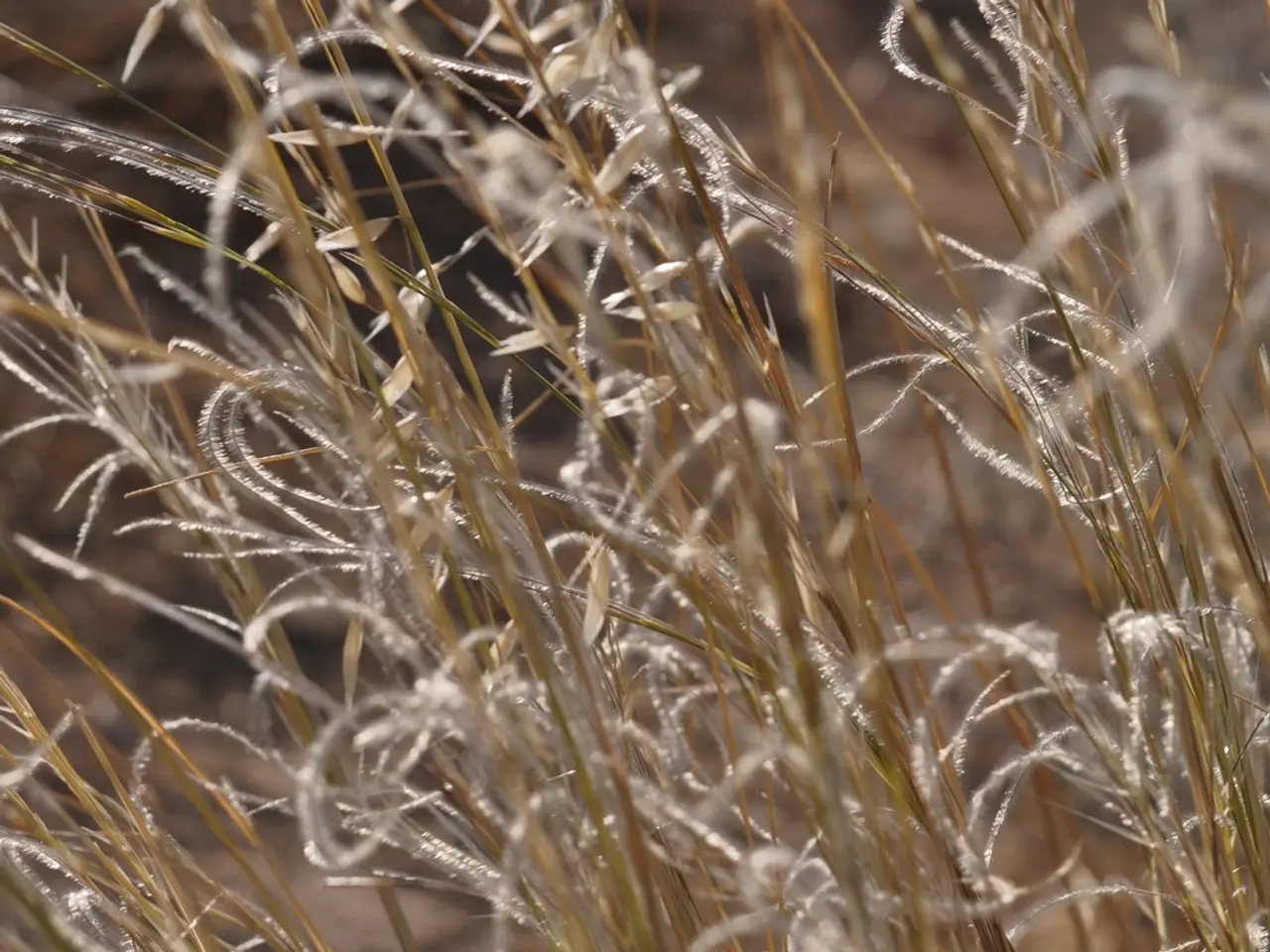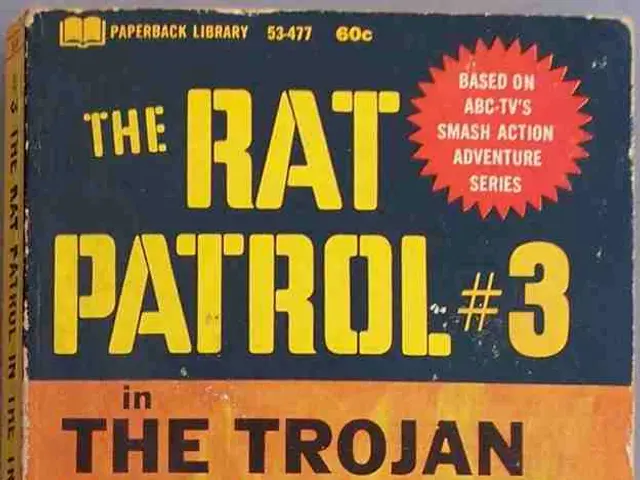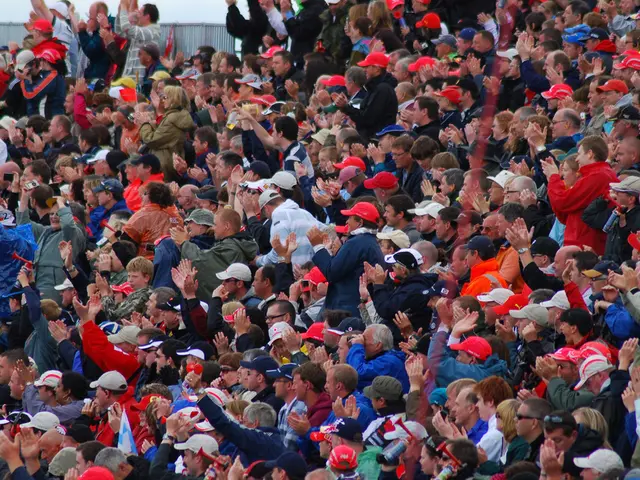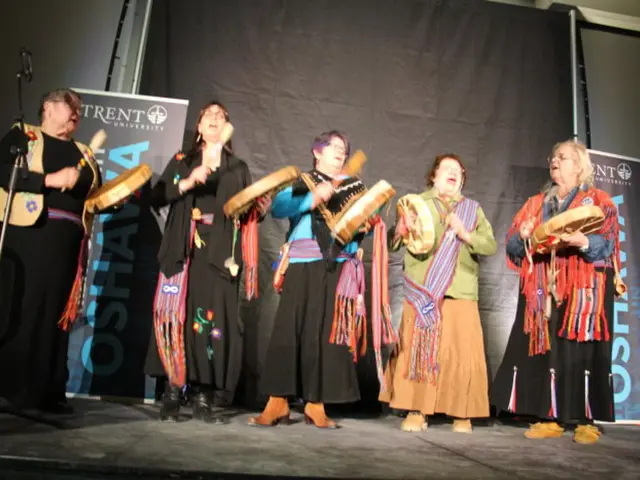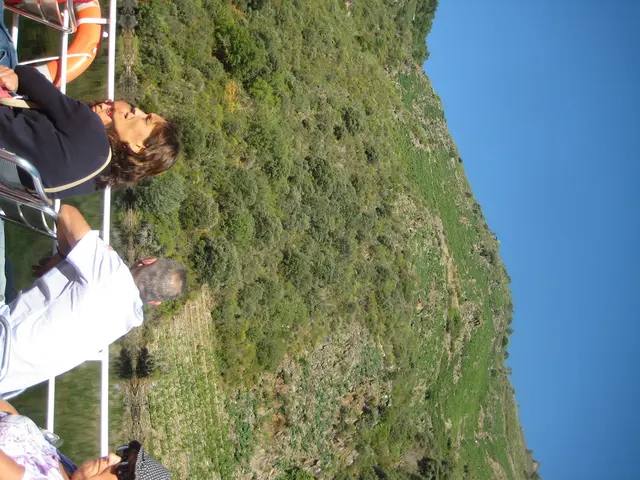Autumn Lawn Care: When and How to Fertilize for Cool- and Warm-Season Grasses
Autumn is an ideal time to nourish your lawn, with fall feeding offering numerous benefits for both cool- and warm-season grasses. However, the type and timing of fertilizer application differ based on grass type.
For cool-season grasses, the optimal window for fall fertilization is between Labor Day and Halloween, ideally in September or October. This period allows the grass to absorb nutrients, build strong roots, and store energy for spring growth. A potassium-rich autumn lawn fertilizer, low in nitrogen, is recommended during this time. It helps strengthen grass against frost and diseases, promotes root growth, and enhances winter hardiness. Apply it from mid-September to the end of October, followed by watering to aid nutrient absorption.
In contrast, warm-season grasses benefit from an early fall fertilization, ideally in September. However, it's crucial to skip a fall nitrogen feeding to prevent new growth that could be damaged by frost. Instead, use a phosphorus-heavy fertilizer with limited nitrogen. There's no universal perfect time for fall lawn fertilization, as it depends on soil temperatures and grass type.
In autumn, focus on building strong grass roots and storing energy for spring growth. For cool-season grasses, apply a potassium-rich fertilizer between Labor Day and Halloween. For warm-season grasses, use a phosphorus-heavy fertilizer in early fall, skipping nitrogen. This autumn nutrient boost will result in better grass growth come spring.
